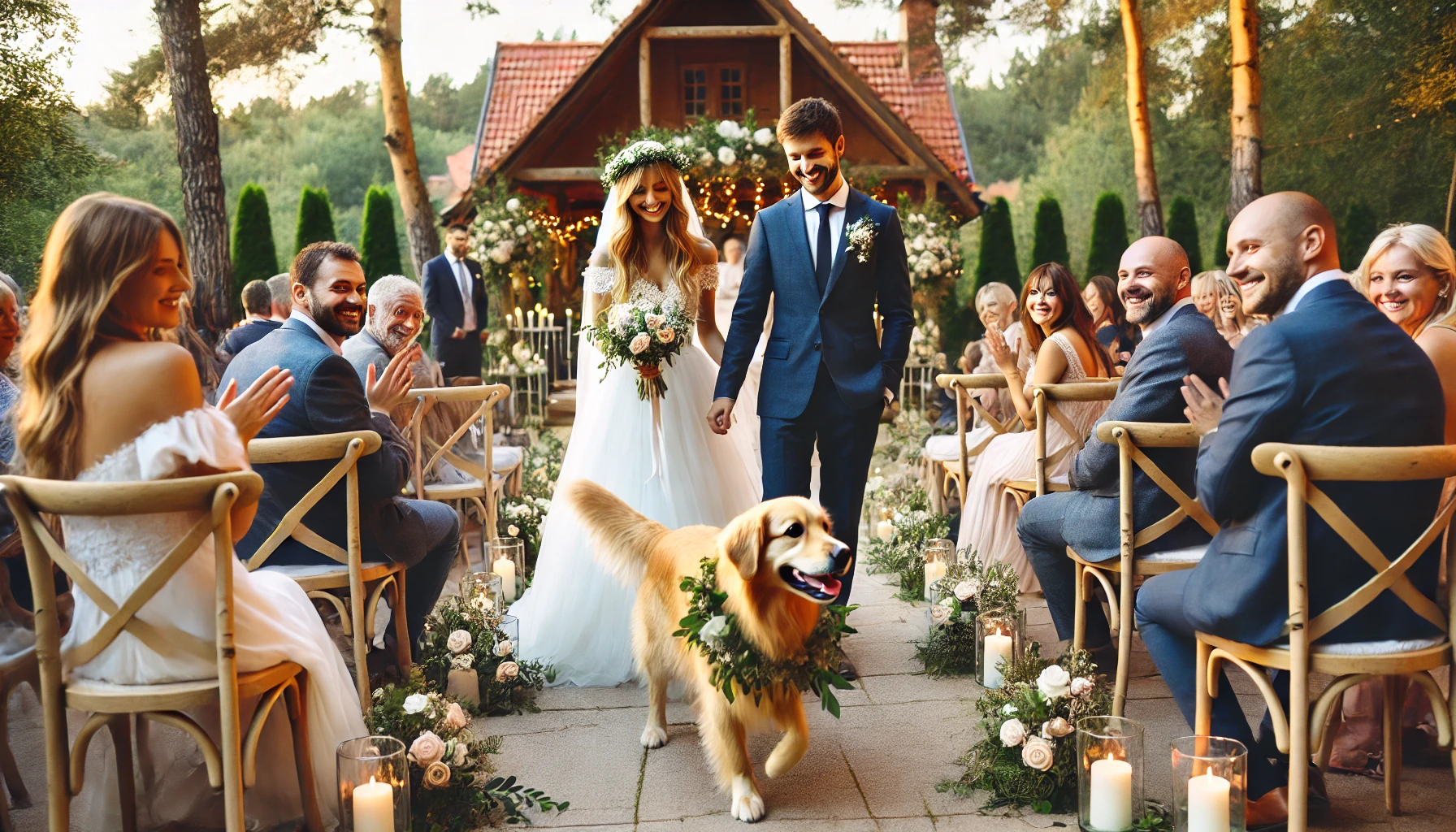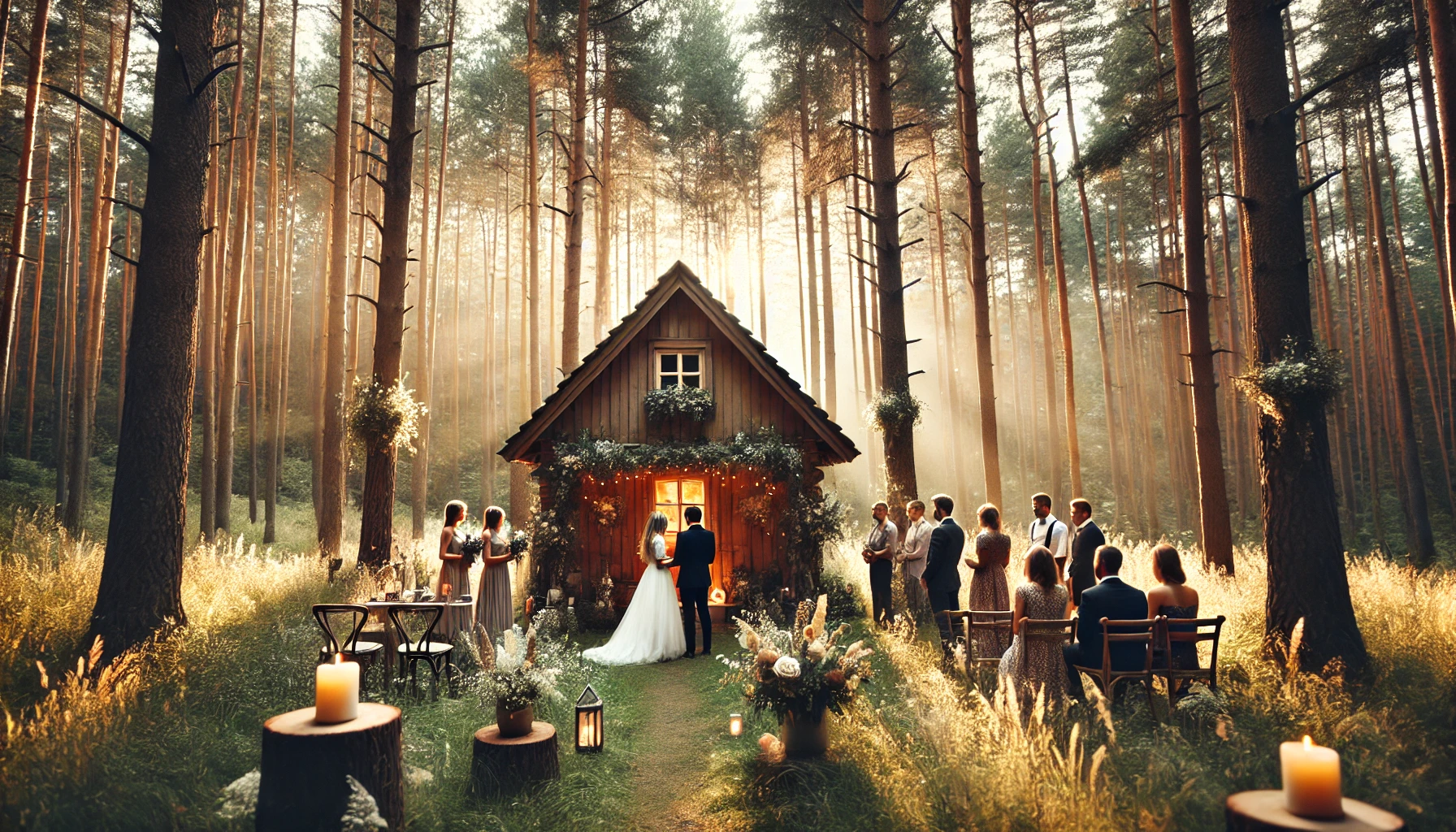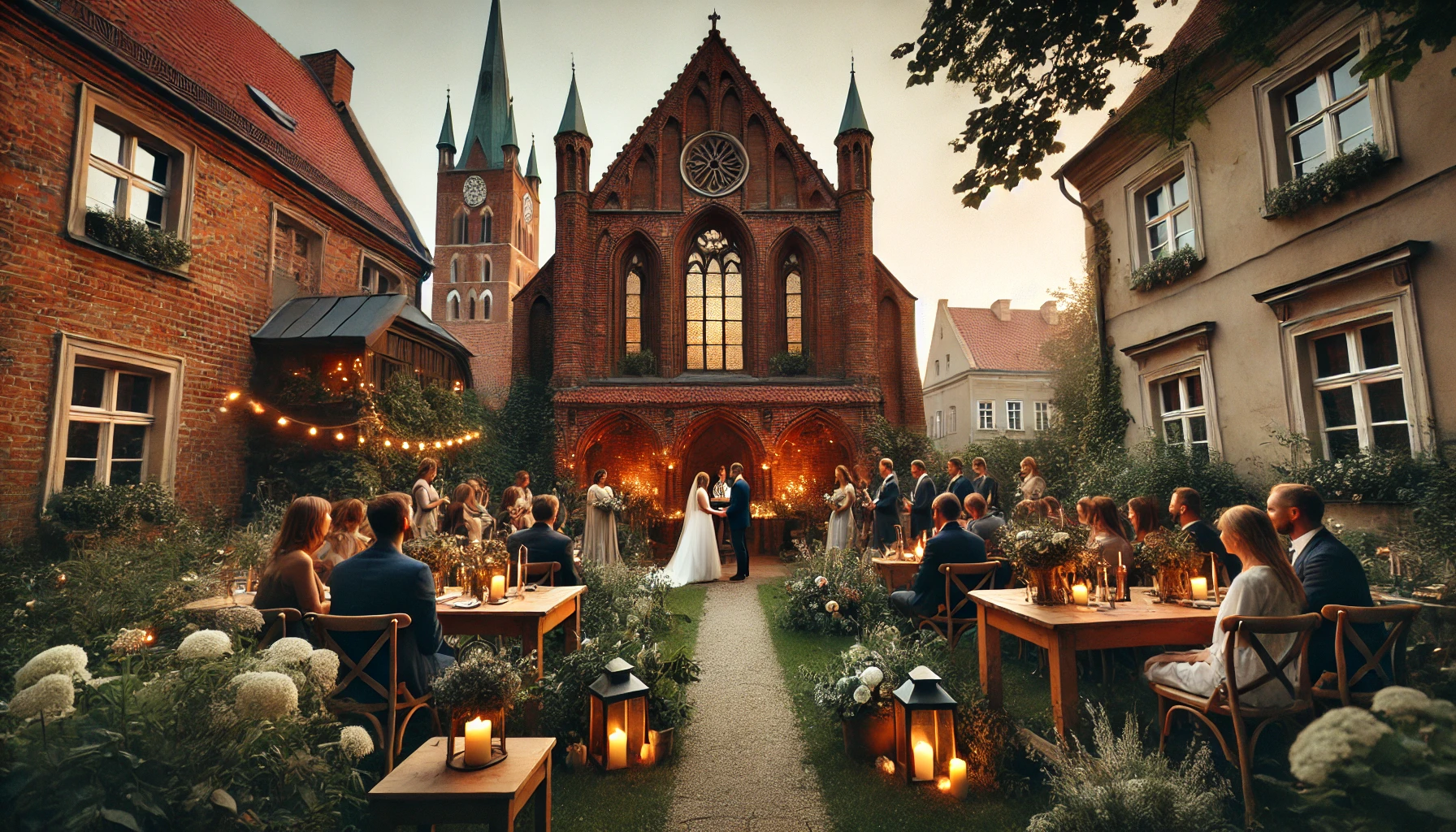When you think of a Polish wedding, what comes to mind? Pierogi? Vodka? Aunts dancing in circles until 2 a.m.? Sure. But let’s talk about something that truly sets the tone — the music. Whether you're having a big bash in Kraków or an intimate countryside celebration in Mazury, traditional Polish wedding music can add soul, spark, and that unmistakable cultural flair to your day.
So, if you’re planning a wedding in Poland — or bringing Polish traditions to your destination wedding — here’s your go-to guide for everything from folk dances to must-play songs, and how to blend the old with the new in the most magical way.
🎻 Why Traditional Polish Wedding Music Still Rocks
Polish wedding music isn’t just background noise — it’s a living, breathing part of the celebration. It connects generations, fills the dance floor, and tells stories older than your dziadek’s best dance move. Whether it’s the slow, romantic sounds of the kujawiak or the dizzying spin of an oberek, these melodies are the heartbeat of the Polish wedding experience.
💃 Traditional Wedding Dances You Need to Know
No Polish wedding is complete without dancing. And we don’t mean a TikTok routine — we mean real, traditional moves with history behind them.
- Polonez (Polonaise): A majestic and elegant group dance, often opening the wedding reception. Think Bridgerton meets Polish royal court — slow steps, proud posture, and an excellent photo op.
- Mazur (Mazurka): Fast-paced and a bit flirtatious, the mazurka is full of fancy footwork. If you want to show off on the dance floor, this is your moment.
- Kujawiak: The romantic one. Slow, flowing, full of emotion. It’s like the musical version of a sunset stroll with your soulmate.
- Oberek: Fast, wild, and full of spins. It’s basically Polish dance cardio. Warning: may cause sudden laughter and twisted ankles.
Pro tip? Surprise your guests with a choreographed polonez or mazurka. Or invite them to join in — nothing brings people together like collectively failing a dance move.
🎶 Songs That Polish Weddings Can’t Live Without
Sure, you’ll have your Ed Sheeran and Beyoncé moments. But if you want that true Polish vibe, sprinkle in these classics:
- "Sto Lat" – It's not just for birthdays! Expect to hear this traditional wish-for-100-years song multiple times — sung loud and off-key by everyone from grandma to your teenage cousin.
- "Windą do nieba" by 2 Plus 1 – A 1970s hit about a wedding with a bittersweet twist. It's poetic, nostalgic, and oddly perfect for the first slow dance — despite the not-so-happy lyrics.
- "Hej Sokoły" – This folk anthem brings people to their feet. Even those who don’t think they know it… suddenly know all the words.
- "Czerwone Korale" by Brathanki – Bouncy, cheeky, and guaranteed to bring smiles (and maybe some tambourines).
- "Przez Twe Oczy Zielone" by Akcent – A modern disco polo gem. Just… play it. You’ll see why.
🪗 Instruments That Give the Music Its Soul
Traditional Polish wedding bands (known as zespoły weselne) often include these gems:
- Accordion – The heartbeat of Polish folk music. It’s cheerful, dancey, and instantly recognizable.
- Violin – For soul-stirring solos and romantic melodies.
- Kozioł (Bagpipes) – A rare but amazing addition. Used especially in regional weddings like those in Greater Poland.
Want a folk band that knows how to blend tradition with modern charm? Browse options at Wesele z Klasą, Zankyou, or Wedding.pl.
📻 Folk vs DJ vs Both?
There’s no rulebook here — it’s your wedding. Some couples go full-on folk. Others hire DJs and toss in a few classics. The trendiest choice? Both.
- Live Band = authentic, charming, great for older guests
- DJ = modern hits, remixes, flexibility
- Combo = live music for the ceremony and dinner, DJ for the party (and he can sneak in a surprise “Hej Sokoły” remix)
🕺 Want to Dance but Have Two Left Feet?
Don’t panic. A quick dance lesson before the big day can turn awkward into adorable.
Book a private class or ask your venue — many offer help with the traditional polonez. And if all else fails? Smile, spin, and own the chaos. It’s your day.
🎧 Make It Yours: Mix Tradition with Your Story
Polish wedding music is incredibly flexible. Want to walk down the aisle to a string version of Chopin’s “Mazurka in A minor”? Go for it. Want a first dance mashup of a kujawiak and Coldplay? We dare you.
Create a custom Spotify playlist that blends old-school and new-school — or ask your DJ to build one for you. Here’s a quick idea to get you started:
- Entrance: Traditional Polonaise
- Dinner: Instrumental folk versions of love songs
- First Dance: “Windą do nieba” or your favorite ballad
- Party Time: Mix of disco polo, folk hits, and your guilty pleasures
- Farewell Song: “Sto Lat” (of course!)
🧡 Final Thoughts from Someone Who’s Seen It All
As a wedding photographer, I’ve seen couples waltz, mazurka, polka, and even freestyle to Metallica in a folk band remix (true story). The most memorable weddings? Always the ones that embrace their roots — even just a little.
So don’t be afraid to go traditional, even if your playlist also includes Dua Lipa. Music is what memories sound like — and in Poland, those memories come with a side of accordion and a lot of heart.
📸 Let’s Capture Your Soundtrack in Pictures
Whether you're spinning through an oberek or sneaking a kiss during “Sto Lat,” I’ll be there to catch the magic. I specialize in capturing authentic, emotional moments for couples getting married in Poland — moments that feel like you.
🎞 Explore real love stories here: My Portfolio
💌 See my wedding photography packages: Pricing Page
📅 Let's talk and make something unforgettable together: Contact Me
Your love story deserves to be told beautifully — with music, meaning, and memories that last. Let’s make it timeless.
Share this story


